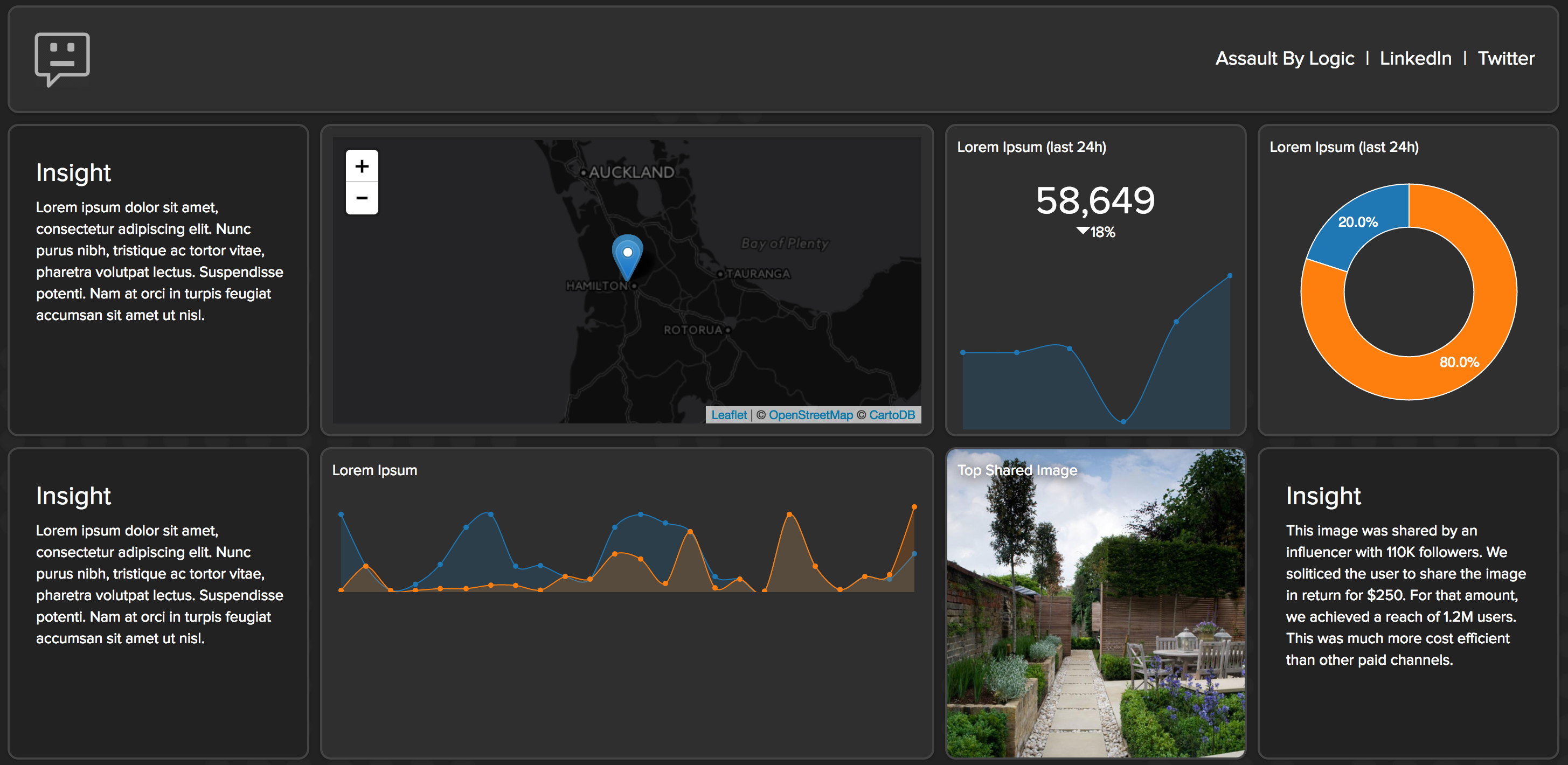In the era of big data, analytics has become a key driver of decision-making across many industries. Organizations are investing heavily in data analytics tools and technologies to gain insights and make better business decisions. However, relying solely on analytics to drive business decisions can be problematic. In this blog post, we will explore why analytics isn’t the total answer and why business user input is critical.
- Analytics can only tell you what has happened
While analytics can provide valuable insights into what has happened in the past, it cannot tell you why it happened or what is likely to happen in the future. To truly understand the context and underlying drivers of business performance, it is essential to gather insights from business users who have deep domain expertise and can provide context and interpretation of the data.
- Business users have a unique perspective
Business users have a unique perspective that is grounded in their experience and expertise. They are in a position to identify patterns and trends in the data that may not be immediately apparent from an analytics perspective. By incorporating their insights into the decision-making process, organizations can gain a more comprehensive and nuanced understanding of their business performance.
- Analytics can be biased
Analytics can be biased if the underlying data is incomplete or if the algorithms used to analyze the data are flawed. Without the input of business users, it can be difficult to identify and correct these biases. Business users can provide valuable feedback on the quality of the data and the validity of the insights generated by analytics tools.
- Business users are critical for effective change management
When making changes to business processes or operations, it is essential to engage business users to ensure that the changes are appropriate and will not have unintended consequences. Analytics can provide insights into potential areas for improvement, but it is the business users who can provide guidance on how those changes should be implemented and how they will impact the day-to-day operations of the organization.
Consider the example of a retail company that is looking to improve its sales performance. The company has invested in data analytics tools to gain insights into customer behavior and trends. While the analytics tools provide valuable insights into customer purchase patterns and trends, they cannot provide a complete picture of why customers are making certain purchasing decisions.
By engaging with business users, such as sales representatives and store managers, the company can gain a deeper understanding of the customer experience and the factors that influence purchasing decisions. For example, sales representatives may have insights into the specific customer needs and preferences that are not captured by analytics tools. Store managers may be able to provide insights into the impact of product placement and store layout on customer behavior.
By incorporating these insights into the decision-making process, the company can make more informed decisions about how to improve sales performance. For example, the company may decide to modify its product offerings or adjust its pricing strategy based on the insights gained from business users. This approach can help the company to develop more effective strategies and achieve better business outcomes.
In conclusion, while analytics can provide valuable insights into business performance, it is not the total answer. Incorporating the insights of business users into the decision-making process is critical for gaining a more comprehensive and nuanced understanding of business performance, identifying biases in the data, and ensuring effective change management. By leveraging the unique perspectives and expertise of business users, organizations can make better-informed decisions and drive more effective business outcomes.




